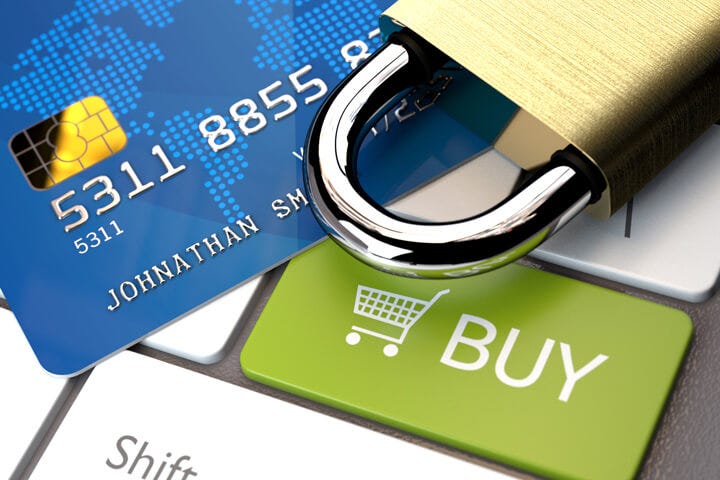Card payments are one of the most convenient ways to make purchases. However, they also present a few challenges.
Credit cards create an illusion of “free money.” This can be dangerous for people who are bad at budgeting. They can easily become overextended and lose everything they have.
Credit cards
Credit cards allow consumers to borrow money from the card issuer and pay back that amount at a later date. This is done by making purchases that are then deducted from the cardholder’s account balance.
Most credit cards have a billing cycle that runs from 25 to 40 days. The bill is based on the transactions that have been made in the previous month and includes the statement balance, individual transaction amounts, and the minimum payment due.
If you miss a payment, your card issuer may charge a late fee or interest charges. You can avoid these fees and charges by paying at least the minimum payment on time each month.
Credit cards offer many benefits that are useful for everyday purchases and financial emergencies. However, it is essential to understand how they work before you start using one.
Debit cards
Debit cards work like credit cards, but you spend only what is in your bank account. They also have features that make them more convenient to use than credit cards, including the ability to pay for purchases and withdraw cash from ATMs.
You can also use debit cards to buy goods and services online. However, you might need to provide personal information in order to complete the transaction, or you may have to enter a PIN.
You can also use your debit card to recharge prepaid cards or purchase gift cards that are reloadable or one-time. These options can be helpful for people who do not want to deal with credit cards or don’t have a lot of money to invest.
EMV chip cards
EMV (Europay, MasterCard and Visa) chip cards are a type of computer chip that’s used to process card payments. They’re a standard that was first developed in Europe and is now widely adopted across the world.
They provide increased security for card transactions. The small metallic square on the front of your card stores a variety of information to validate your account and authorize your payment.
This data is encrypted on the chip, preventing it from being copied and making it more difficult for criminals to create counterfeit cards.
In addition, the chip is designed to dynamically authenticate each transaction. It’s similar to the way that many organizations use multi-factor authentication for their user accounts.
A number of European countries have adopted the technology and are beginning to see a decline in credit card fraud. In the United States, EMV is gaining popularity as well.
Mobile payments
A mobile payment is any transaction where an electronic device like a smartphone or tablet is used to make a purchase. This includes purchases made at a retail store, online shopping, and even bill payments.
Mobile payments can be done by swiping your card through a dedicated card reader, by using QR codes or Near-Field Communication (NFC), or by making a peer-to-peer payment through a mobile app. These methods allow you to leave your wallet at home while still completing a purchase.
When choosing a payment service provider, make sure it offers a wide range of mobile payment options and that the user interface is simple and easy to use. This is important because customers expect fast, hassle-free service when paying with their mobile devices.
Providing clients with a secure and convenient experience is critical to ensuring their loyalty, which increases sales and boosts retention rates. As a result, adopting mobile payments is a smart move for small businesses that want to stay competitive in the market.
Apart from that, if you are interested to know about Online Payments then visit our Business category.
For more insights on future technologies shaping industries, check out Ai and Automation in TMS: The Future of Smart Logistics.



